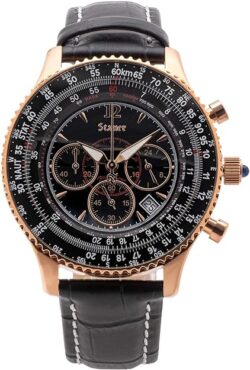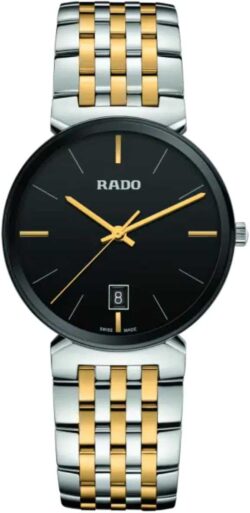Secular calendar
To fully understand what the secular calendar is, it is necessary to read the articles on the annual calendar and the perpetual calendar. If the perpetual calendar makes it possible to take leap years into account, this will not be the case on March 1, 2100, a secular year and therefore not a leap year. This is the particularity of the secular calendar: it takes into account the fact that a secular year is not a leap year, even though it is divisible by 4.
Here is a summary of the different scenarios:
- On a “normal” watch, you have to manually set the date at the end of the month in 28 or 30 days.
- During a non-leap year, we go from February 28 to March 1; the annual calendar does not display February 29 and goes directly to March 1.
- During a leap year, we pass from February 28 to February 29; the perpetual calendar can take this particularity into account and display February 29 before displaying March 1 the next day.
- In a secular year like 2100, a perpetual calendar will consider that the year is a leap year, and it will therefore go from February 28 to 29. But a secular calendar will identify that the year is not in fact a leap year, and the date will change from February 28 to March 1.
The story is not quite finished because the secular years divisible by 400 are nevertheless leap years, but that is another story.
Many will think that this is futile and that so much effort to avoid manipulation once every hundred years really isn’t worth it. But that is precisely the fascinating side of watchmaking—this constant search for perfection to always better follow the flow of time. This fascination has driven so many generations of watchmakers to constantly improve their mechanisms to get closer to excellence.
It is probably unnecessary to specify that watches with a secular calendar are very rare and very expensive.
The first secular perpetual calendar wristwatch was produced in 1996 by Svend Andersen, a Danish watchmaker based in Switzerland, under the Andersen Geneva brand.
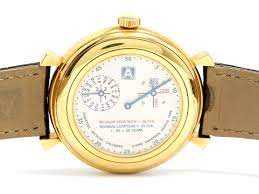
In 2016, Andersen returned with a new version, this time offering the days of the week in their “astronomical” interpretation.
The back of the watch is probably the most interesting. The small counter on the right displays non-leap secular years in red (2100, 2200, and 2300), while leaping secular years are displayed in blue (2000 and 2400).
To know the exact date, it is, therefore, necessary to combine the two sides of the watch: the date is displayed on the front side: the 18th (see first photo). The back side tells us that we are in October 2016, which is a leap year (the needle on the left is on the dial of the “4”).
The most illustrious secular calendar watch is undoubtedly the Patek Philippe Caliber 89. Created in 1989 (hence its name) to celebrate the 150th anniversary of the brand, the Caliber 89 was then the most complicated watch in the history of watchmaking. It has 33 complications, weighs 1.1 kg, totals 1,728 parts, and displays 24 hands. Its design required five years of R&D. It was produced in four versions: white gold, yellow gold, pink gold, and platinum. The construction of the four copies took four years. Suffice it to say that with a thickness of 41 mm and a diameter of 88 mm, it is not a wristwatch.
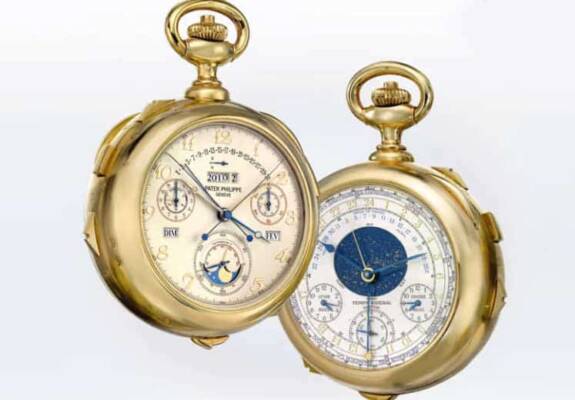
But the record did not last long, since in 2015, Vacheron Constantin produced the reference 57260, which has 57 complications (including the secular calendar, of course).
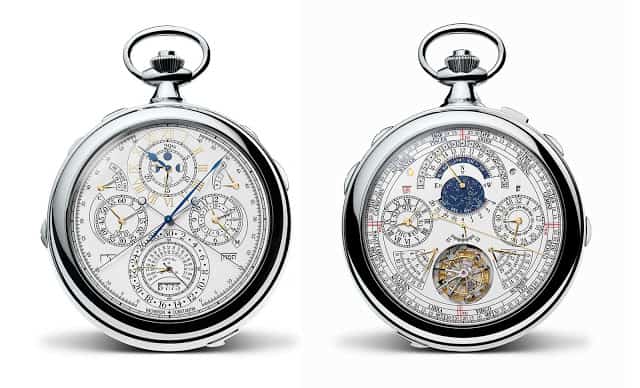
It should be noted that Franck Muller also produces two very “complicated” models, the Aeternitas Mega 3 and 4, which also offer the secular calendar.



